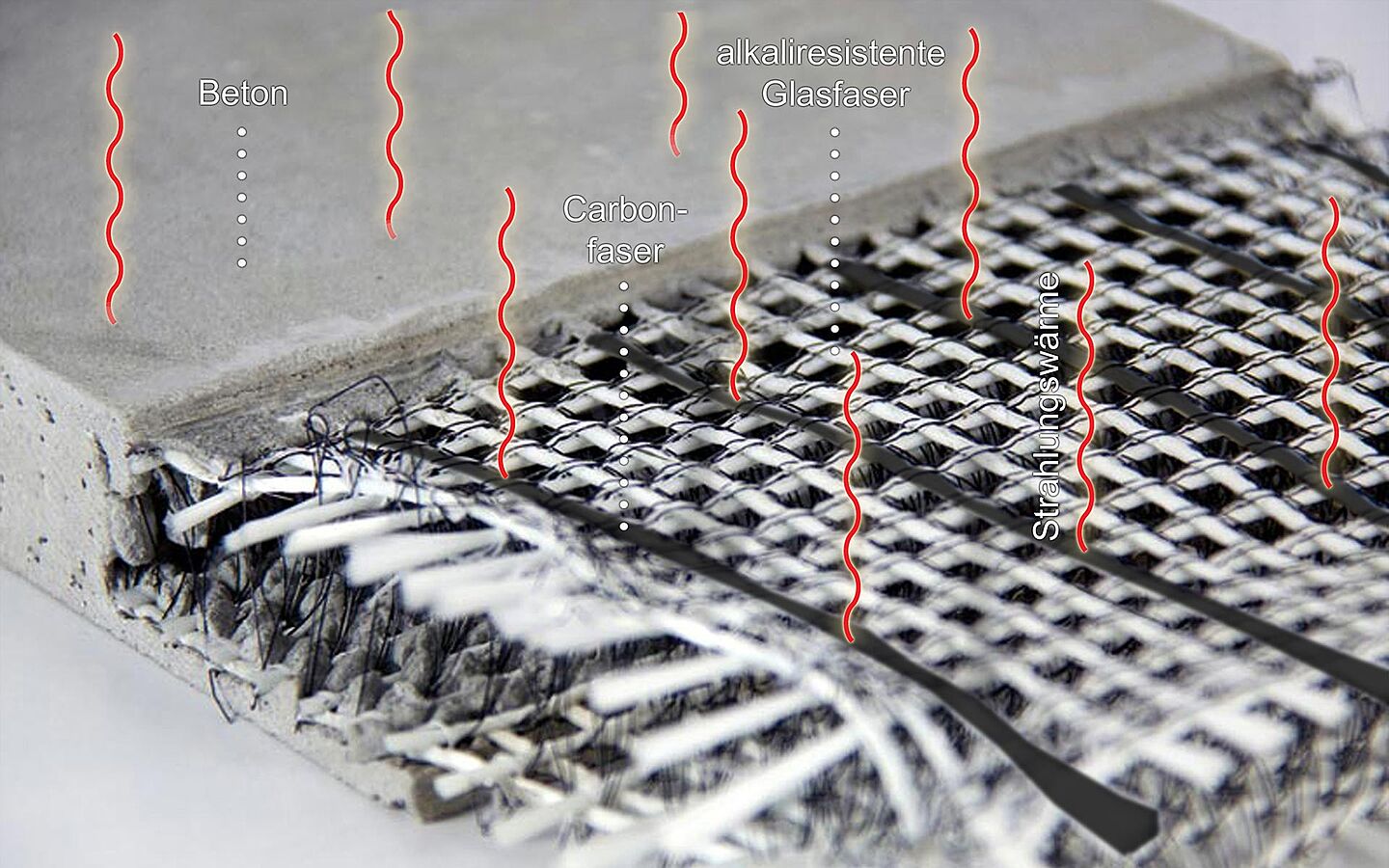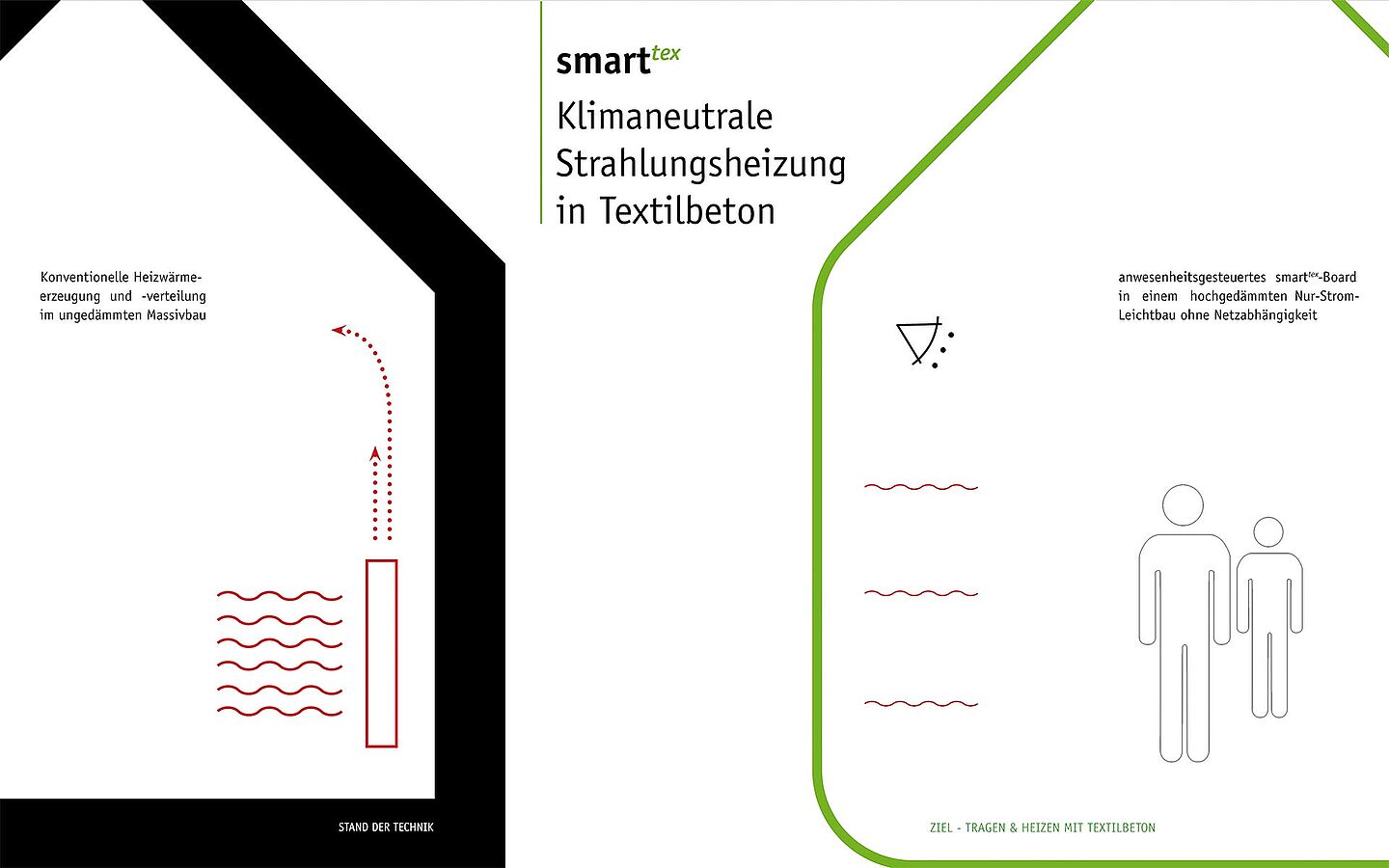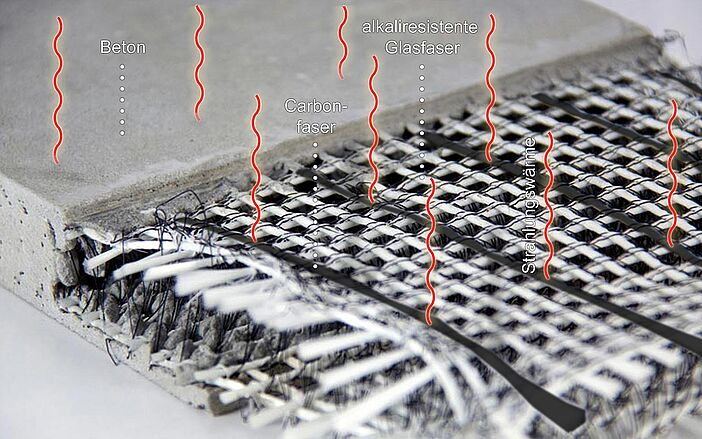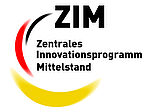In order to reach the social and political target to significantly increase the share of renewable energies of the final energy consumption, next to measures for the production of renewable energies and increased energy efficiency, new electricity grids are required. Besides the systems that are current-regulated nowadays (lighting, auxiliary power and domestic appliances), the direct electrical heating systems will become a focus in the near future. The reason for this are the constantly rising demands on the building envelope which ultimately lead to a maximum annual heating consumption of only 15 to 50 kWh/(m²a). For these energetically optimized building envelopes, direct electrical heating systems can be economically and ecologically relevant.
Direct electric heating is already available in several forms. What all those systems have in common is that they are attached additively onto the existing building structure. The novel approach of the smart.tex project is to simultaneously use the carbon reinforcement of the concrete for room heating. That means, that the inserted static reinforcement has the additional function of a radiant heater (synergetic effect). The result is a heatable load-bearing panel from textile reinforced concrete (smart.tex board) which serves for bracing light-weight structures. Project focus were the development of the fine-grained matrix of the concrete (ensurance of long term consistancy because of higher thermal duties, improvement of composition), the circuit technique between the boards as well as fire tests, which defined fire safety classification for the building element.





